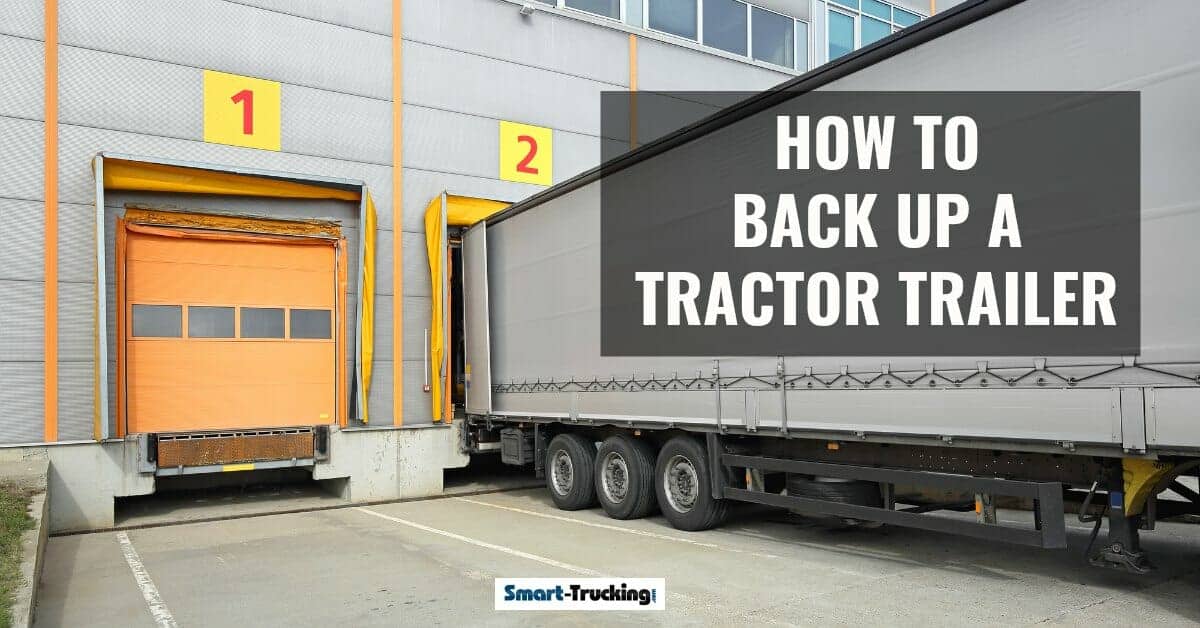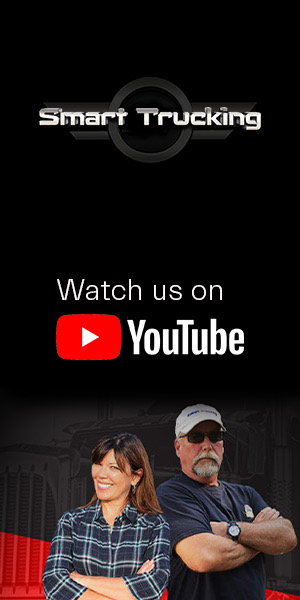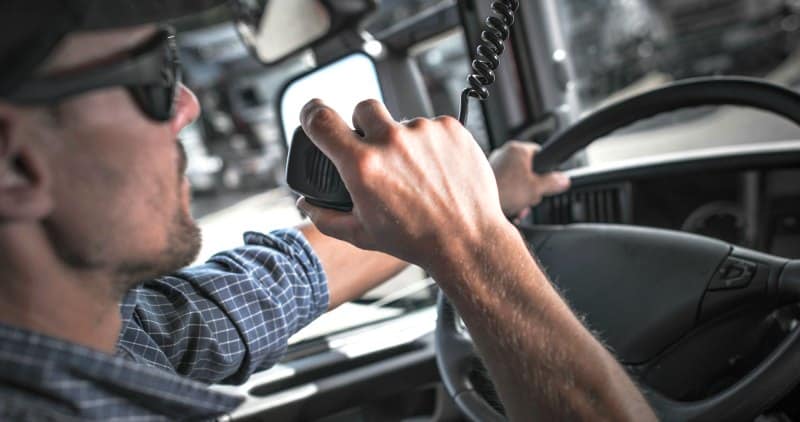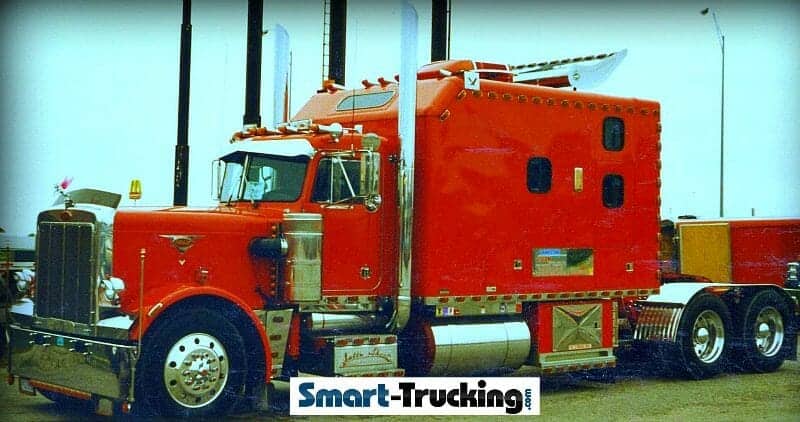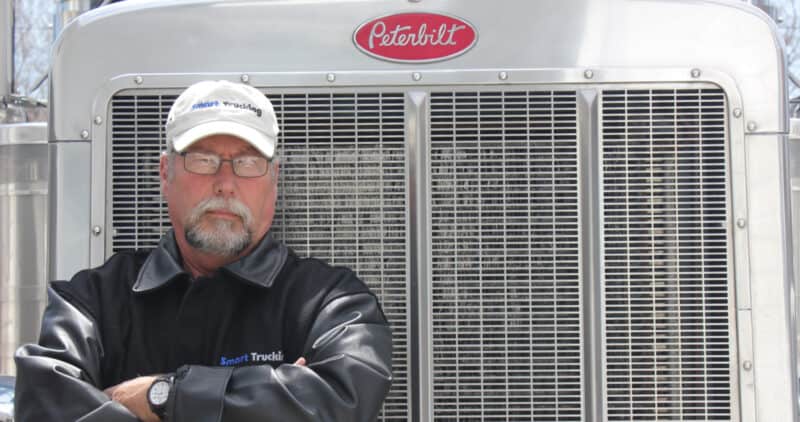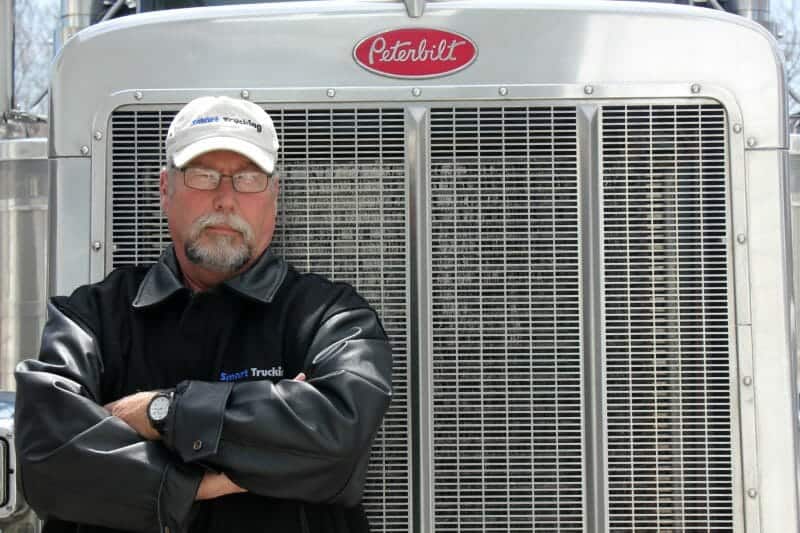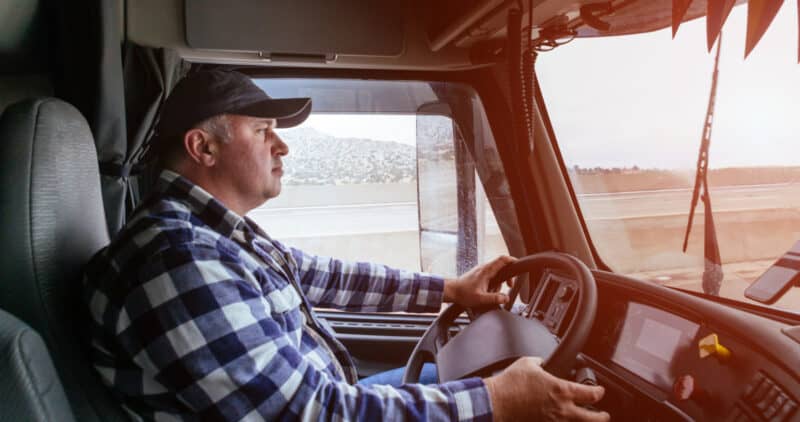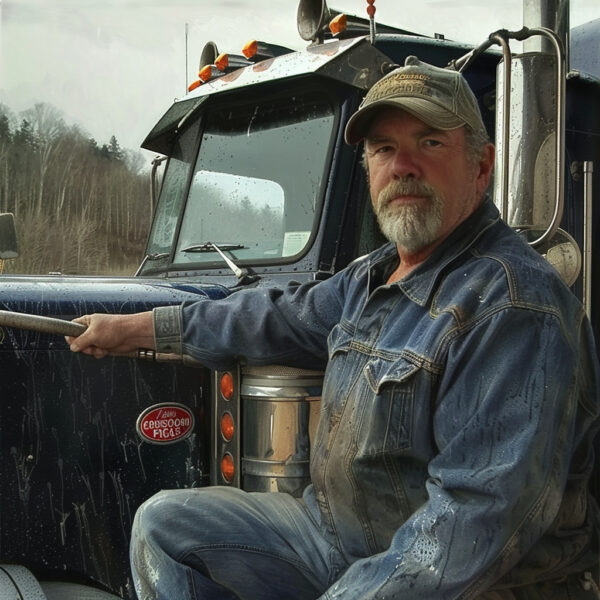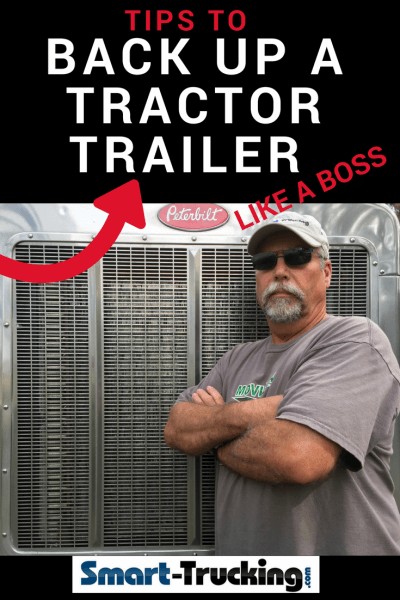
It’s surprising the number of professional drivers who do not know how to back up a tractor trailer.
Backing up a tractor trailer unit, is one of the most difficult maneuvers for a truck driver, particularly one with a sleeper bunk. This move is very challenging and is a very common cause of truck and property damage.
There’s lots of truckers on the road who are able to drive a big rig truck straight ahead, but not so many who are able to successfully back up their rig, without causing damage to the vehicle, the loading dock or the property.
Backing up a tractor trailer properly, is an essential skill for a commercial vehicle driver that must be taken seriously. The ability to perform this maneuver well, separates the ‘pros’ from the amateurs.
Trucking insurance companies note that a high percentage of claims and incidents are caused when the driver of a commercial vehicle is backing up. The maneuver is challenging no doubt.
Related > How to Set Up for a Dock
The Cause of Most Backing Up Accidents
But, many big rig truck backing up accidents are usually caused by the trucker not spending the time necessary to complete the backing up process successfully.
Virtually no other maneuver limits the trucker’s visibility, like ‘blind siding’. The driver is literally backing up using his mirrors and aiming to place the truck in a spot he cannot see!
The driver side mirrors don’t show where the trailer is or where it’s headed. The passenger side mirrors only show the side face of the trailer.
Here’s a few things to remember when ‘blind siding’ or backing up a commercial tractor and trailer.
Related > 10 Safe Driver Tips Every Trucker Should Follow
3 Tips To Mastering Backing Up a Tractor Trailer – 45 Degree Backing/Alley Docking
Rule #1: Try to avoid blind siding whenever possible.
It will reduce the risk of an accident, period.
Chances are you’ll be backing in beside another vehicle or beside a parked trailer.
If it’s absolutely necessary to blind side in, take a mental picture of your target area first. Then set up your rig in a position when pulling into the area, that places the trailer in the best possible position for backing in, with a minimum of angle and maneuvering.
REMEMBER: G.O.A.L.! GET OUT AND LOOK! Get out of the vehicle when backing in, to physically check your position as often as is necessary to ensure a safe landing, even if it means getting in an out of the vehicle, every five feet or so, during the process.
Take as much time as is needed to back up safely, without incident. It’s definitely worth investing the time!
Rule #2: Avoid using spotters.
My advice is only use a spotter who is an experienced truck driver.
Often, anyone else can be more distracting without being helpful.
This is because an inexperienced or non-driver will tend to watch only one portion of the vehicle backing in.
Anyone who is not a trucker, isn’t experienced enough to know they need to watch the entire truck and trailer.
I’ve watched people trying to help out when spotting, only to direct the trucker incorrectly to slam into light posts, docks and do a lot of unnecessary damage.
Rule #3: Move slowly.
I can’t stress this point enough. Be very careful. Check the position of the tractor and trailer constantly.
Following the above suggestions when backing up a tractor trailer, certainly won’t guarantee success every single time, when backing in. But it will dramatically reduce the damage that can be caused by backing up incidents.
A great deal of practice is the best solution to learn how to successfully accomplish this move safely, each and every time.
Do you have duals or super singles with a narrower track?
Adjust accordingly.
Look at the Dock.
- Are there lines for backing in? If so, do they line up with the pads around the door?
- Look at the trailers backed into the doors. Are their wheels on the line to be centered or just inside the line? Or 2″ inside the line? It makes a big difference in centering the trailer perfectly to get in straight so the dock plate will land in the trailer.
- Does it have those big metal door crunching bumper stops sticking out on either side?
- Are they painted so you can see them?
- Are they scratched or bent?
- If so, then you know this is gonna be a tight fit. You must be accurate or you’re going to have damage.
Scan The Area.
- Look for a chock in your tire path or pallet wood with nails.
- If it’s dark, get out and look just before you turn out for your 45 setup.
- If the stripes are worn out, covered in dust, mud or snow, put some kind of marker to help identify the “end of the line”. A glove, a bag of trash, a flashlight, anything to help visualize if needed.
- You can use one of those roadside hazard strobe lights. Keep two handy in the door pocket so you can hop out quickly and make your backing up easier.
Remember. There are no cash awards for zipping into a tight spot at a crowded shipper.
